In this article, we will explore ‘ Clustered columnstore online index build and rebuild’ feature of SQL Server 2019 including comparing execution plans, offline builds and more
Read more »
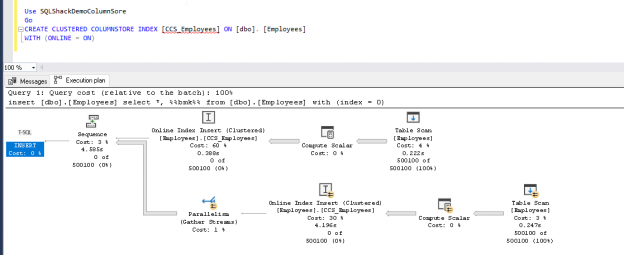


In this article, we will explore ‘ Clustered columnstore online index build and rebuild’ feature of SQL Server 2019 including comparing execution plans, offline builds and more
Read more »
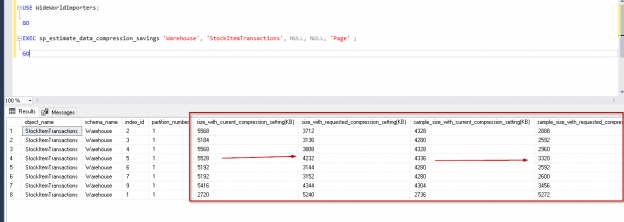
Data compression is required to reduce database storage size as well as improving performance for the existing data. SQL Server 2008 introduced Data compression as an enterprise version feature. Further to this, SQL Server 2016 SP1 and above supports data compression using the standard edition as well.
Read more »
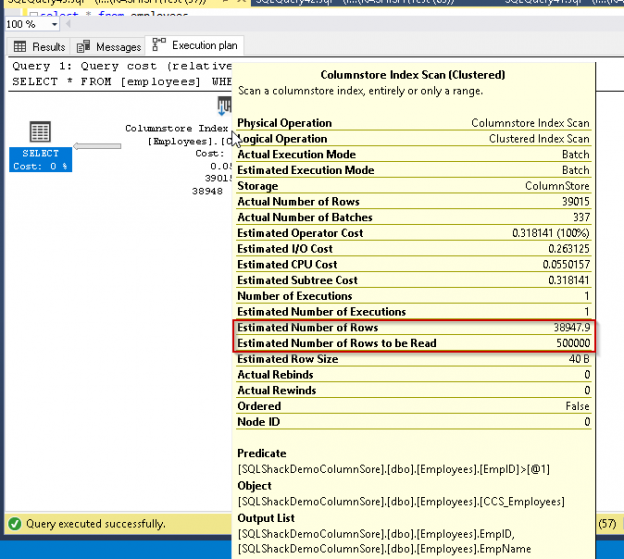
SQL Server was launched in 1993 on WinNT and it completed its 25-year anniversary recently. SQL Server has come a long way since its first release. At the same time, Microsoft announced a preview version of SQL Server 2019. SQL Server 2019 provides the ability to extend its support to big data, Apache Spark, Hadoop distributed file system (HDFS) and provides enhancements to database performance, security, new features, and enhancements to SQL Server on Linux.
Read more »
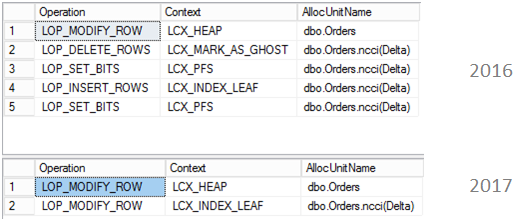
In this post, I continue the exploration of SQL Server 2017 and we will look at the nonclustered columnstore index updates.
Columnstore index has some internal structures to support updates. In 2014 it was a Delta Store – to accept newly inserted rows (when there will be enough rows in delta store, server compresses it and switches to Columnstore row groups) and a Deleted Bitmap to handle deleted rows. In 2016 there are more internal structures, Mapping Index for a clustered Columnstore index to maintain secondary nonclustered indexes and a deleted buffer to speed up deletes from a nonclustered Columnstore index.
Updates were always split into insert + delete. But that is now changed, if a row locates in a delta store, now inplace updates are possible. Another change is that it is now possible to have a per row (narrow) plan instead of per index (wide) plan.
Let’s make some experiments.
Read more »
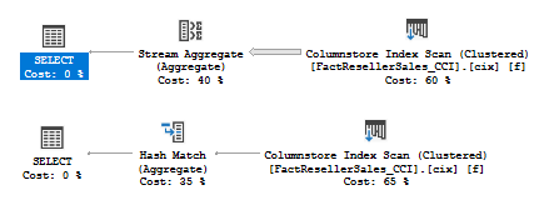
Some time ago, SQL Server 2017 was released and issued as CTP. The most exciting release in that CTP was that SQL Server now supports Linux! This is awesome and I consider it to be great news for many people.
I am personally interested in the new features of query processing, and finally I had some time to install the SQL Server 2017 and dig a little bit into it. Currently, it is CTP 1.2 available, and I will use this version for my experiments.
While exploring new extended events, I’ve found an interesting event compilation_stage_statistics and one of the columns of this event was trivial_plan_scanning_cs_index_discarded with the following description “Number of trivial plans discarded or could have been discarded which scan Columnstore index”. That pushed me to do some investigations of the topic.
Read more »
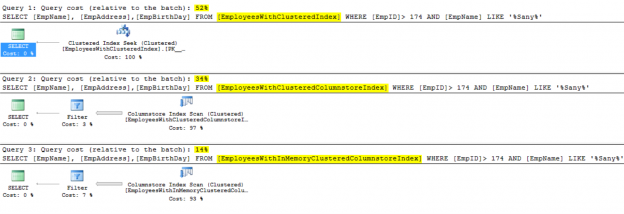
With Microsoft SQL Server, like all Microsoft products, you will enjoy experiencing new features and enhancements to the existing ones, when a new SQL Server version is launched. These SQL Server enhancements concentrate heavily in simplifying and speeding up the data retrieval without consuming excessive resources.
Read more »

My team and I were recently tasked with refactoring older data marts, particularly those that were created with SQL Server 2008 in mind. As we all know, SQL Server has undergone significant changes since the release of SQL Server 2008. One of those changes relates to the introduction of columnstore as an alternative to the traditional B-tree index (rowstore). Whilst most of the existing documentation relating to columnstore seem to focus on the benefit of columnstore against data warehouse workloads, in this article I argue that the usage of columnstore index should not be limited to facts and dimensions instead let’s introduce it in our data warehouse staging environments too.
Read more »
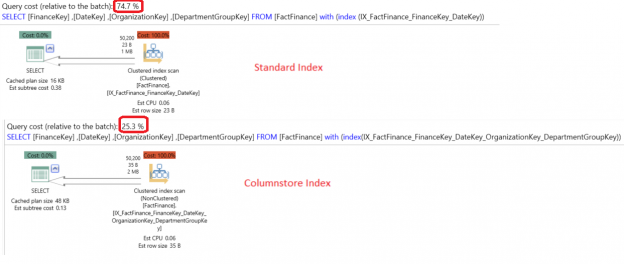
By default, SQL Server stores data logically in the tables as rows and columns, which appear in the result grid while retrieving data from any table and physically in the disk in the row-store format inside the data pages. A new data store mechanism introduced in SQL Server 2012, based on xVelocity in-memory technology, in which the data is stored in the column-store data format. This data store mechanism called the Columnstore index.
Read more »
© Quest Software Inc. ALL RIGHTS RESERVED. | GDPR | Terms of Use | Privacy